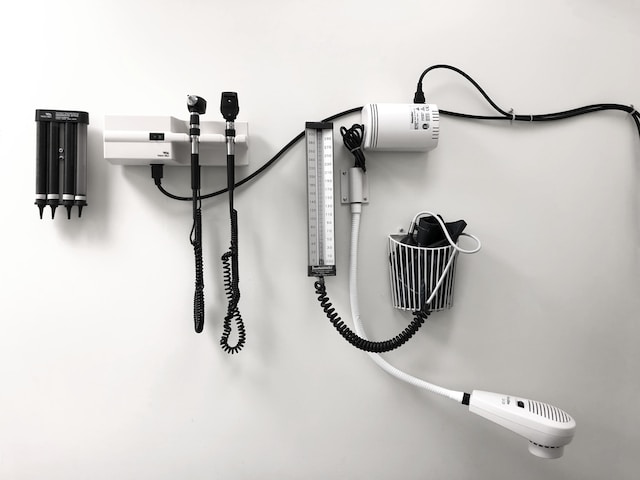
Day in and day out, you may be exposed to harmful substances on the railroad. While you may use every safety accessory and take every safety precaution necessary to avoid these substances, it may not be enough. So if you receive a devastatingly serious medical diagnosis well into your retirement, you may not be able to help but attribute it to your time spent working on the railroad. All these years later, you may feel you missed your opportunity to hold your negligent railroad company employer accountable. Well, with that being said, please follow along to find out what happens if you get a delayed diagnosis for your railroad work-related illness and how one of the proficient FELA lawyers at Hildebrand McLeod & Nelson LLP can help expedite your bringing a claim forward.
What happens if I get a delayed diagnosis for my railroad work-related illness?
Generally speaking, nationwide, the statute of limitations for FELA claims against negligent railroad company employers is three years. This usually means three years from the date your railroad accident event occurred.
However, your railroad work-related illness may not be attributed to a specific incident. On top of that, it may not become noticeable until quite some time later. Therefore, your deadline may be extended to the date you were diagnosed or the date you should have reasonably known about your illness. For this, you may cite what is known as the discovery rule.
All of this to say, you must not completely give up and let your delayed diagnosis hold you back from pursuing the financial compensation to which you are entitled.
What medical evidence do I need to supplement my FELA claim?
If you use the discovery rule and declare a delayed diagnosis for your FELA claim, you may have to provide far more evidence. This may be to further demonstrate that your legal action is indeed valid and enforceable.
First, you may bring forward medical evidence of the approximate date you began experiencing symptoms of your illness. This may be in the form of a medical bill from the first day you visited your primary care physician or even the emergency room out of concern for your health condition. From here, you may have copies of the diagnostic test results you received along the way.
Lastly, you may have a statement from your treating physician that discloses the date they officially diagnosed you with your illness, along with the treatment plan they have recommended going forward. Also, within this statement, they may explain how diagnoses for your particular illness are typically delayed given its nature.
To ensure you do not go through this critical yet complex process alone, please reach out to one of the talented FELA lawyers. Our team at Hildebrand McLeod & Nelson LLP is more than happy to serve you.


